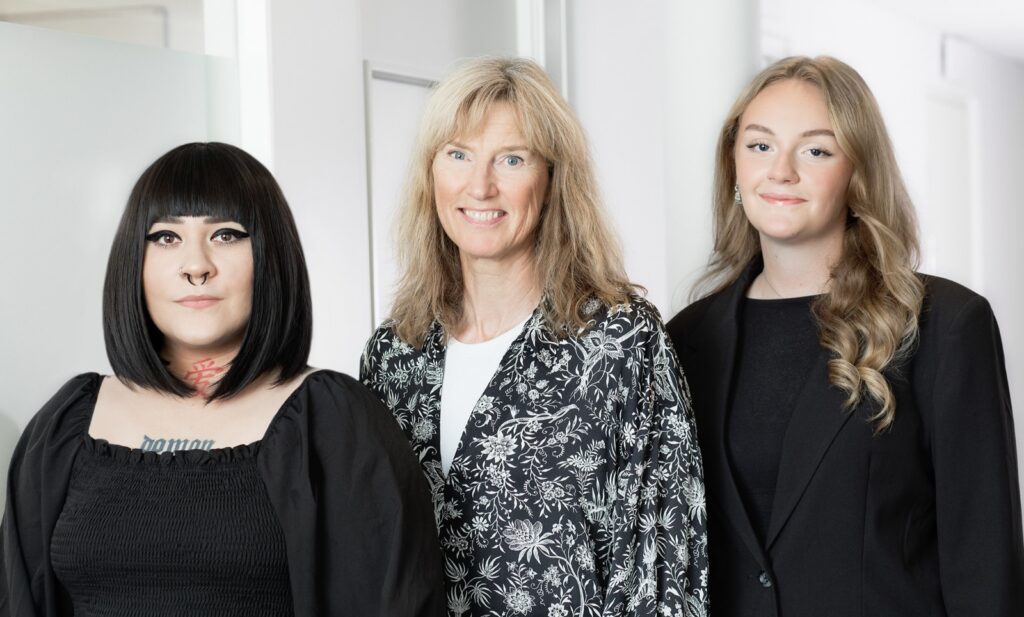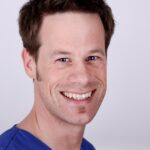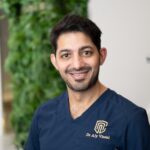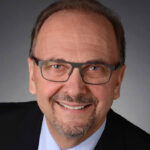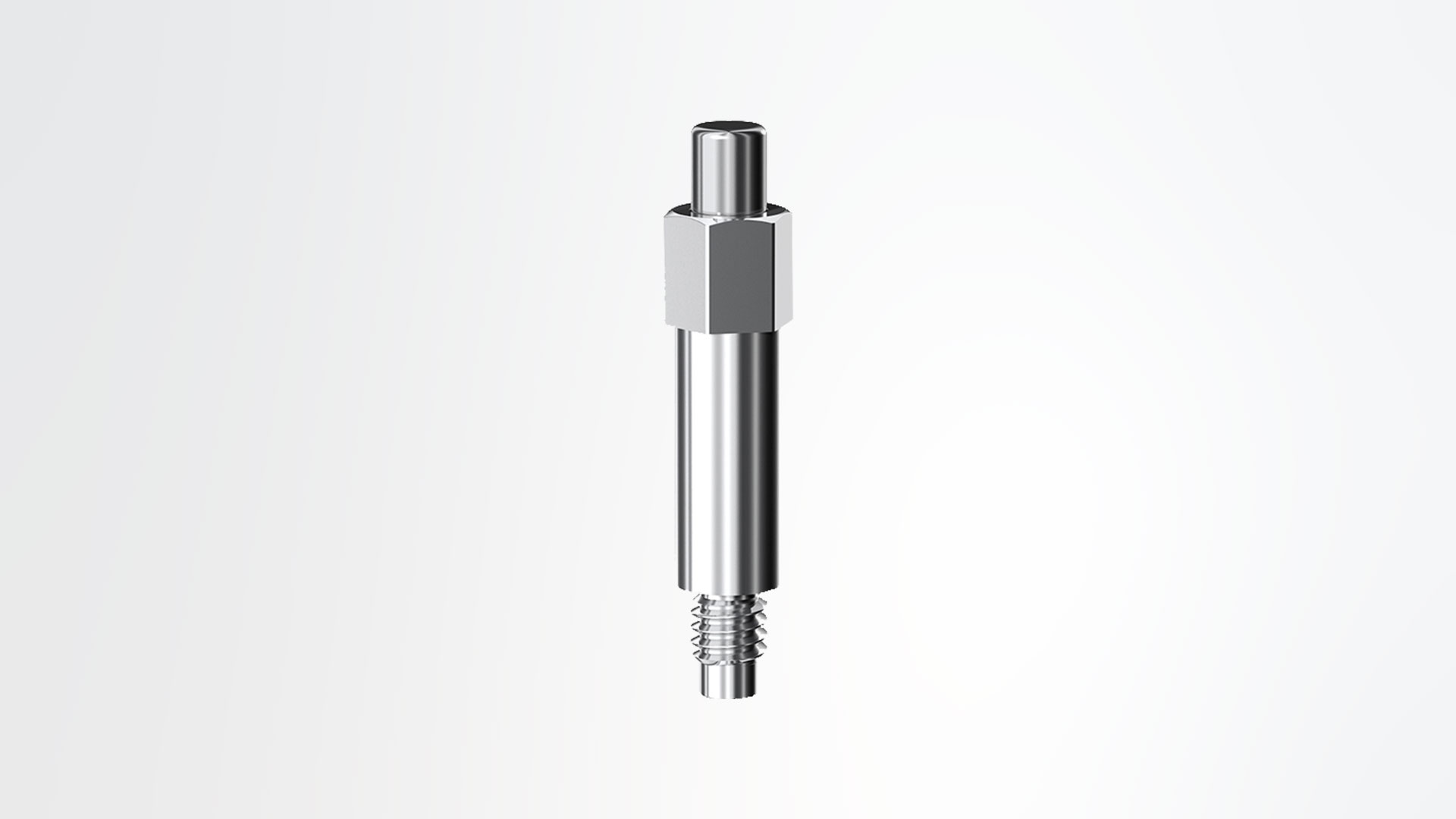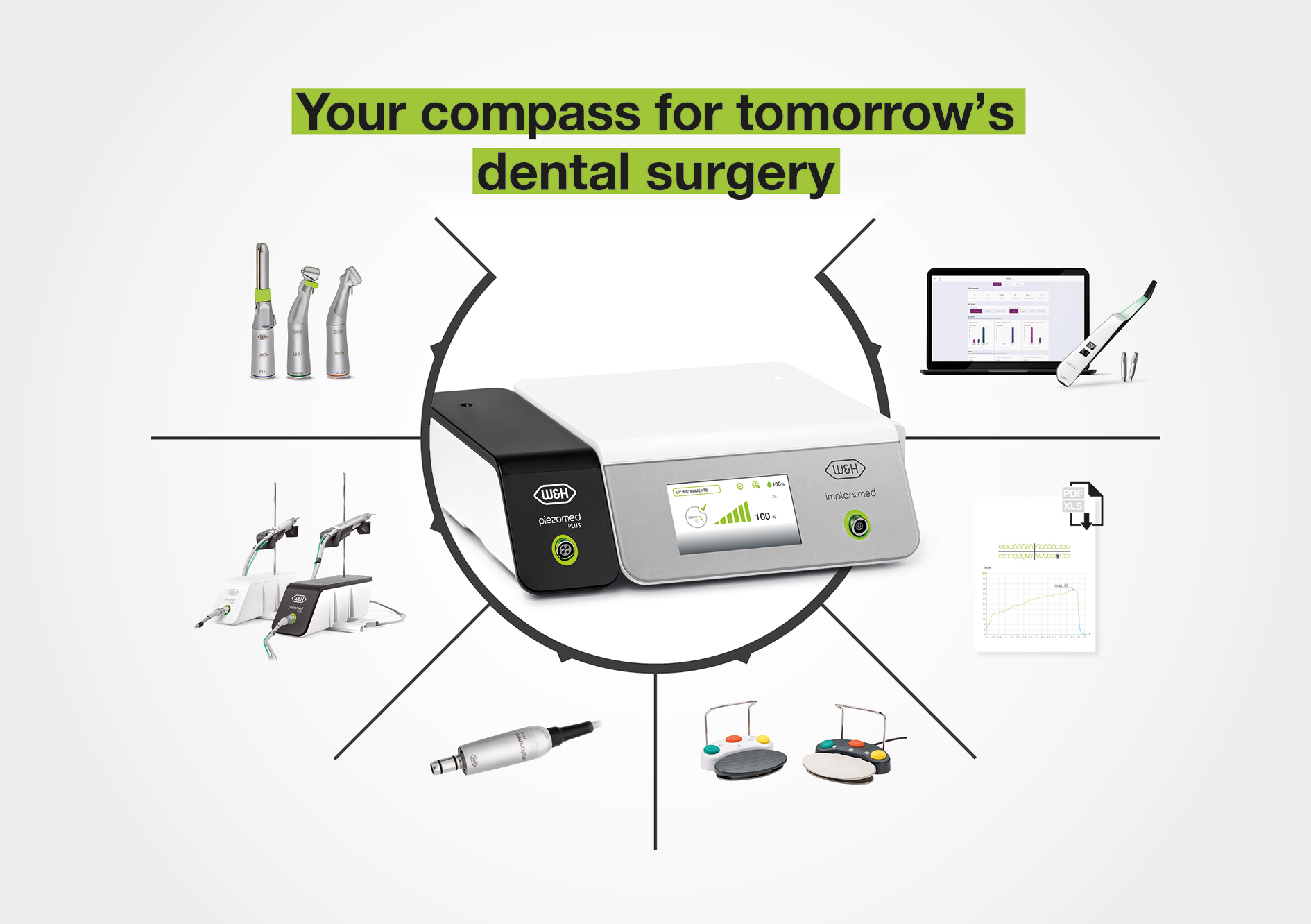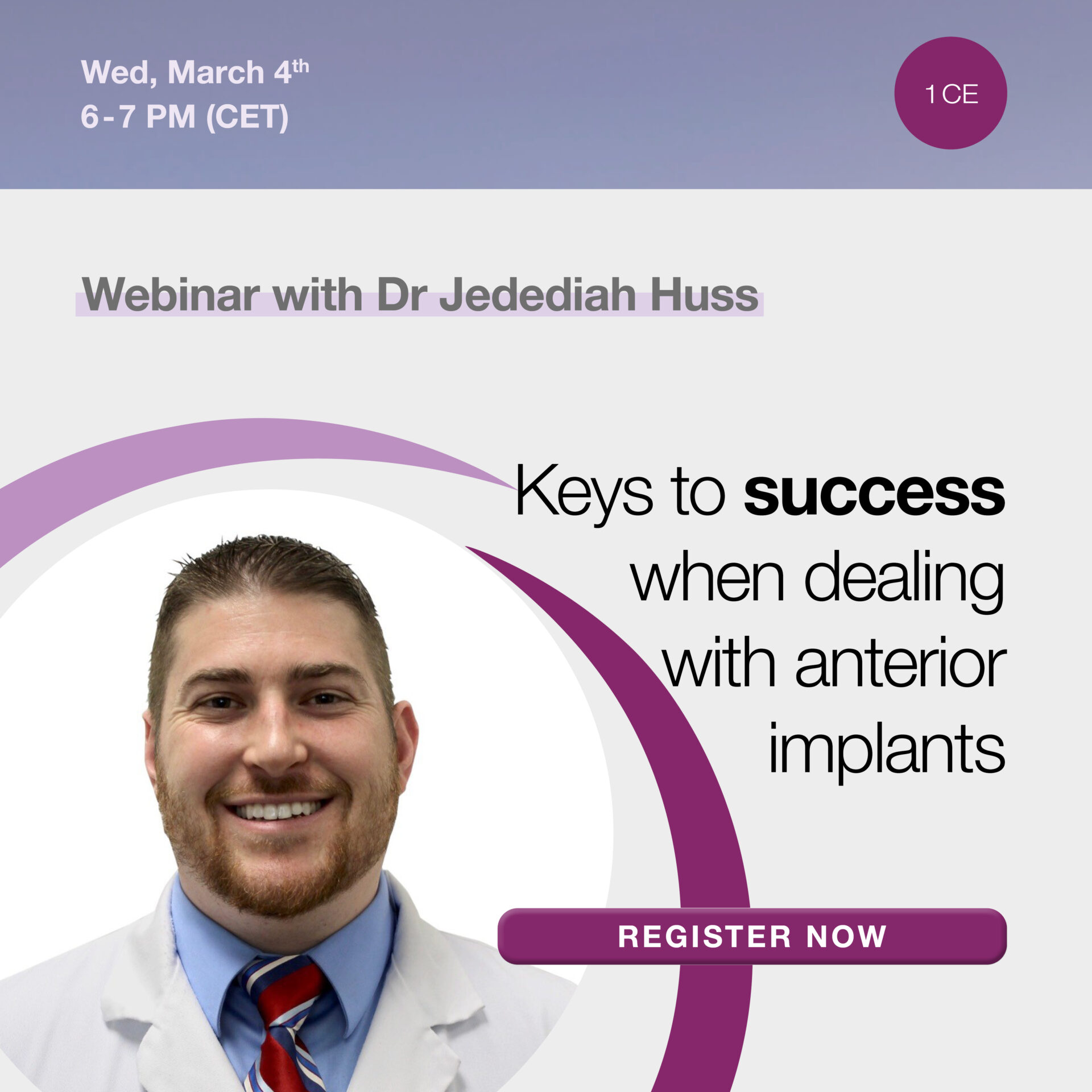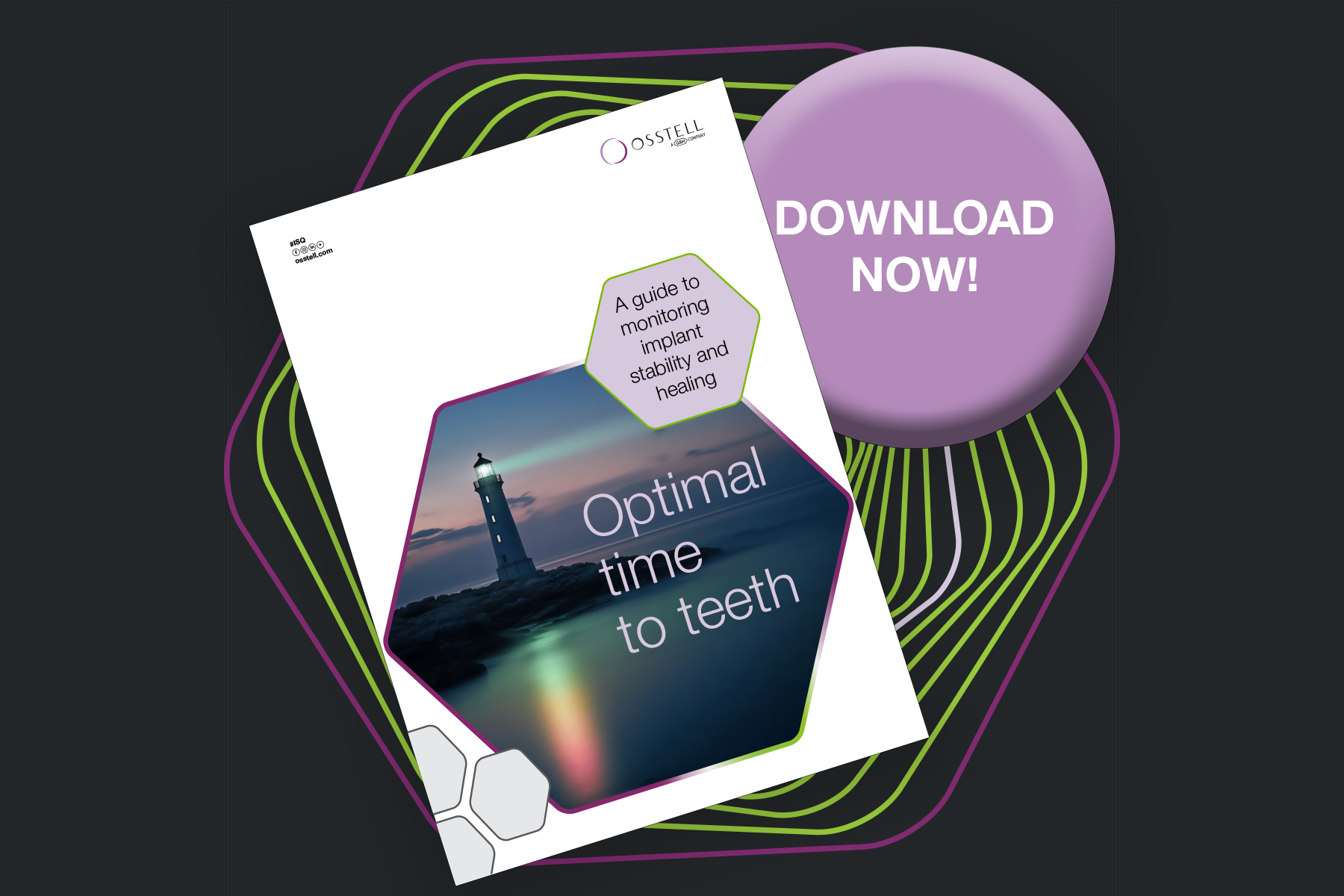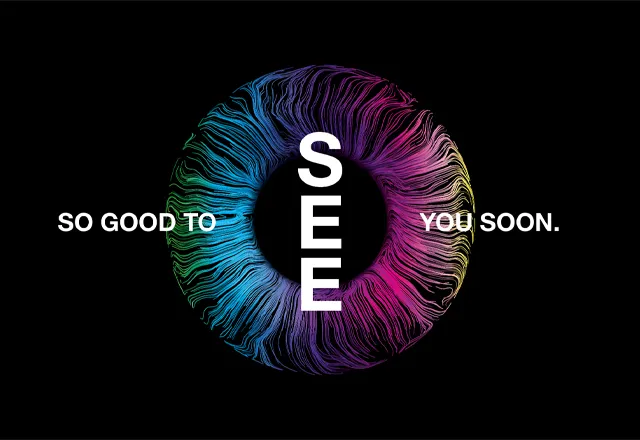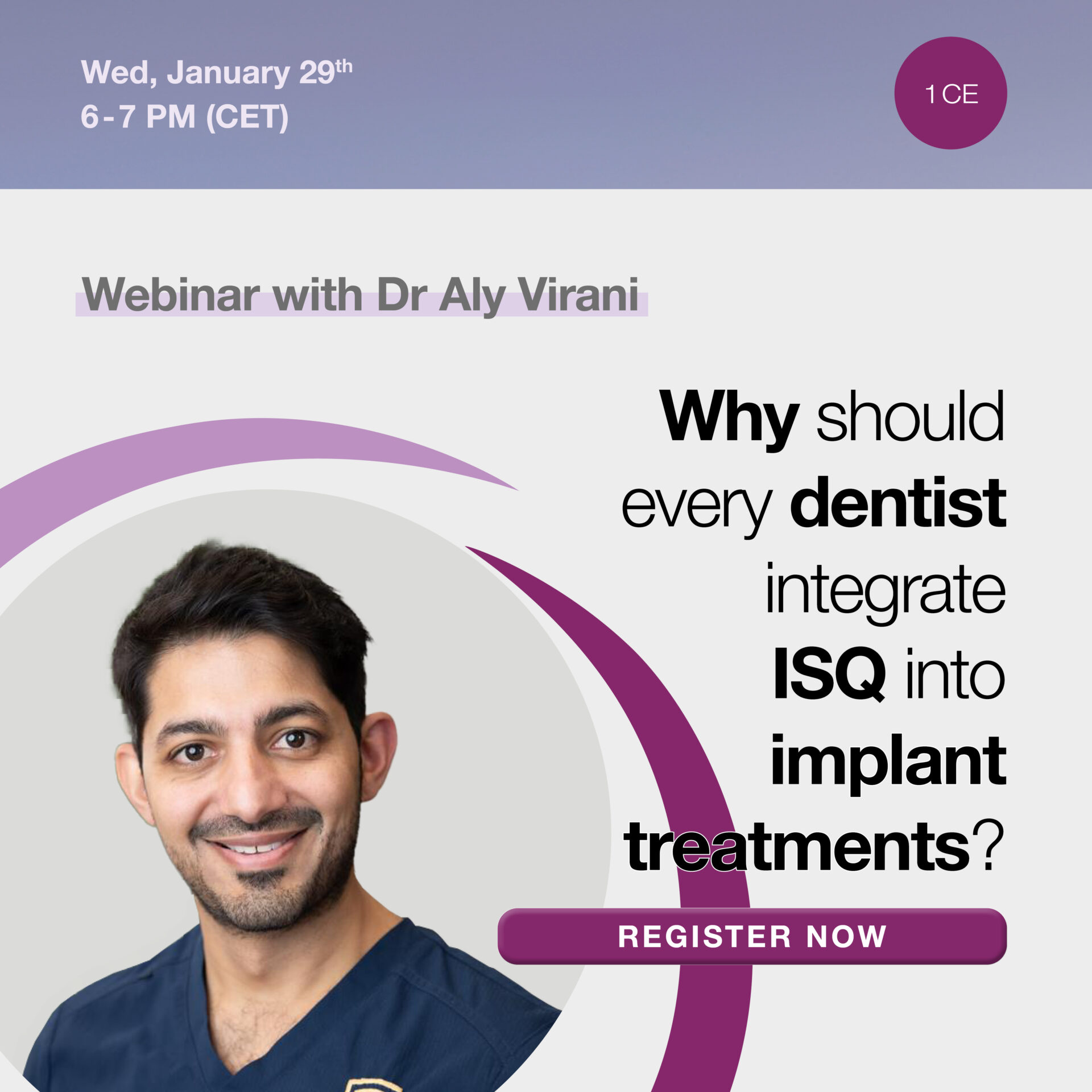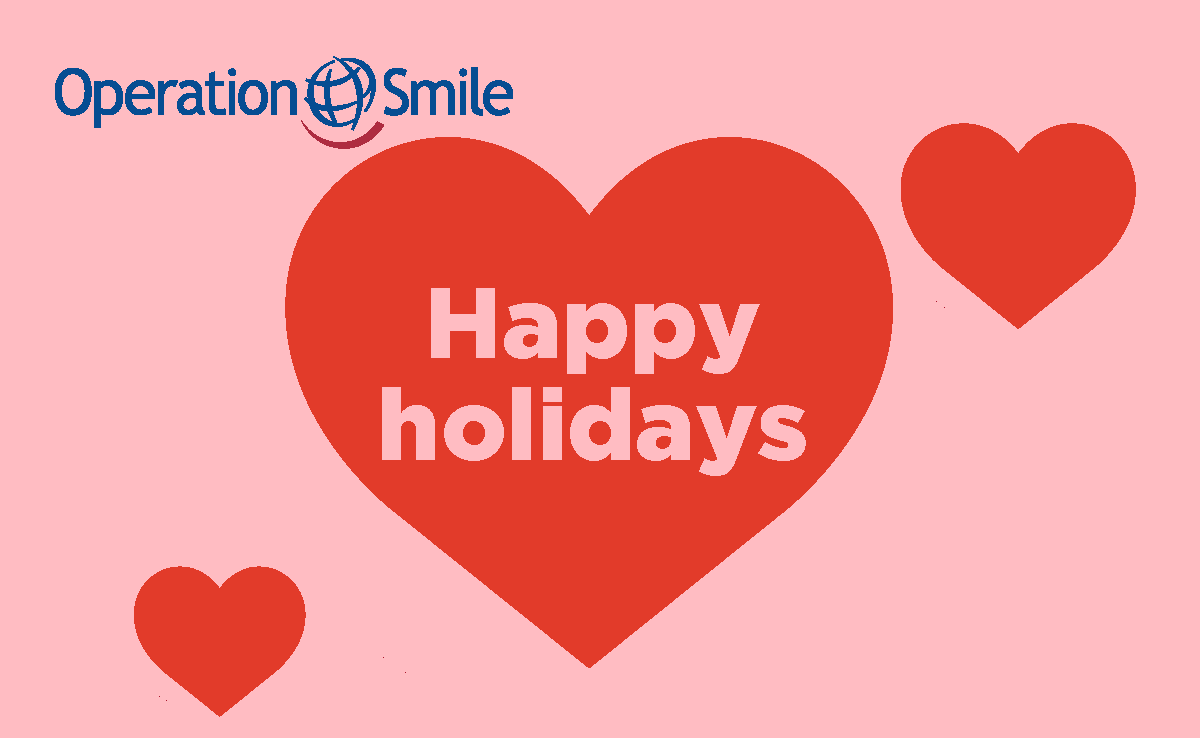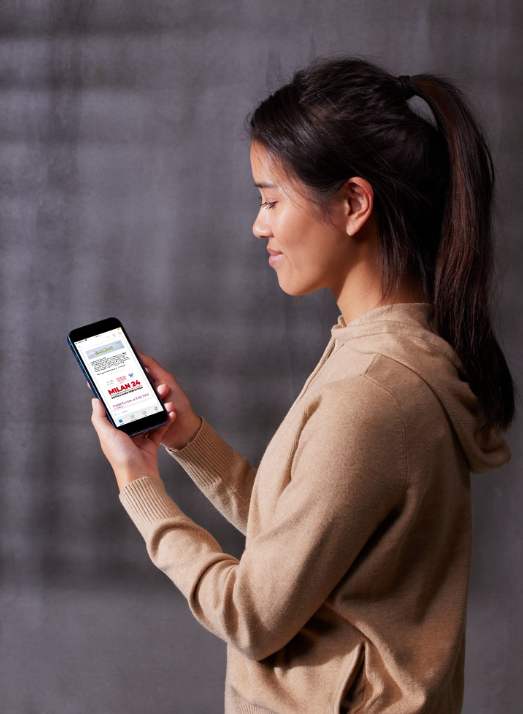Welcome to Osstell®
We help clinicians provide their patients with optimal time to teeth.
Osstell® helps you to objectively and non-invasively determine implant stability, enabling more efficient treatment planning, minimizing unnecessary delays, and achieving more predictable outcomes.
OSStellconnect
Plan with confidence using OsstellConnect
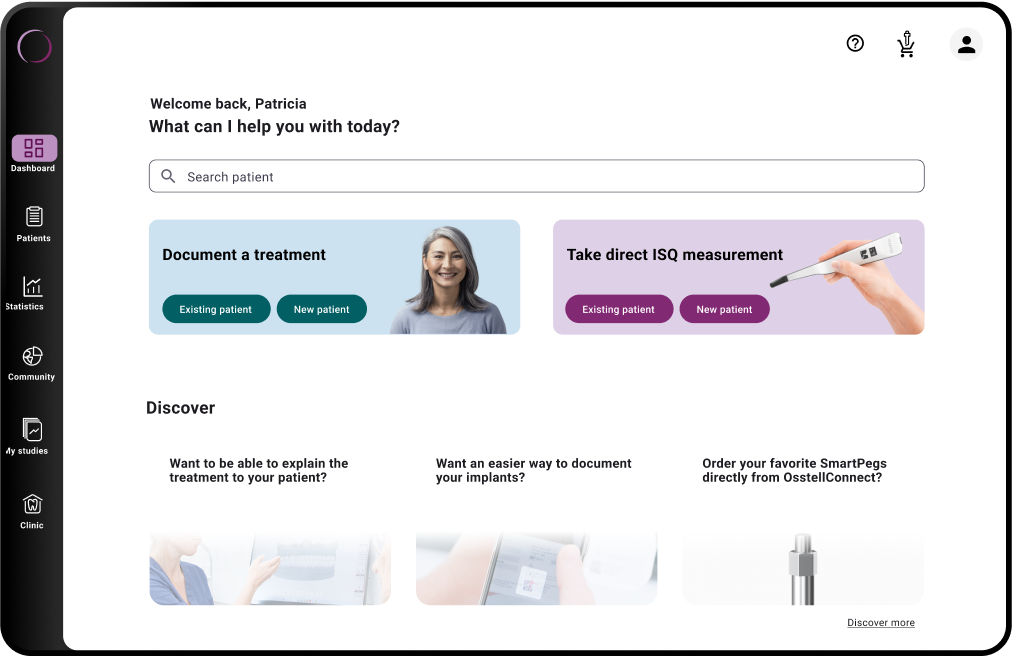
OSStellconnect
Build trust with the ConsultationTool
in OsstellConnect
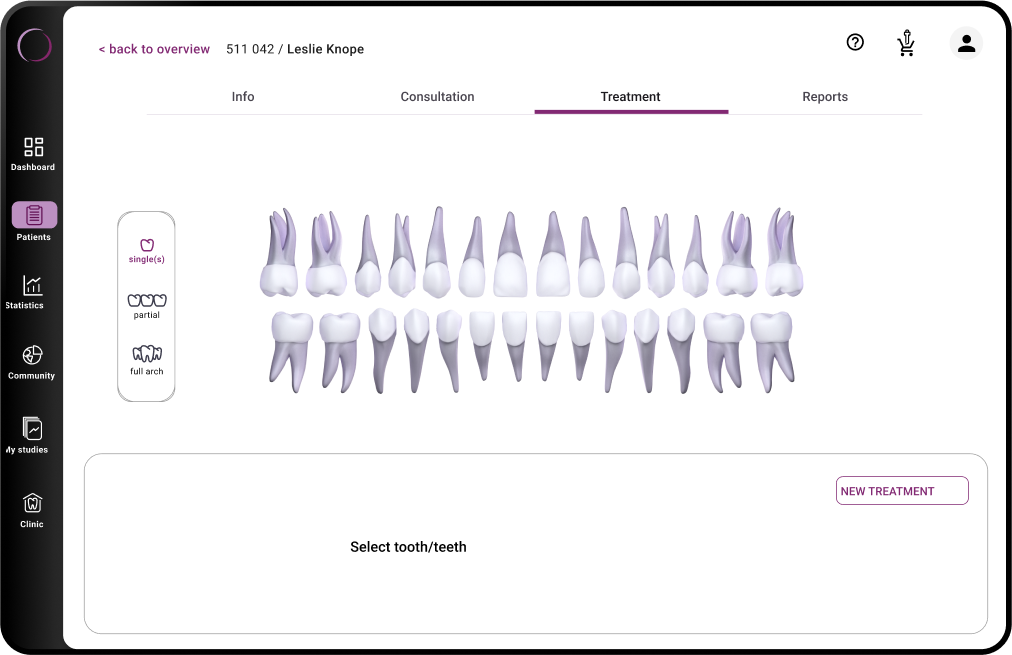

Predictable outcomes
Our method removes guesswork.
By measuring implant stability with an objective value, Osstell makes implant treatments more predictable and reliable for every patient.

Optimal treatment time
Immediate loading is becoming more and more common. Patients want results fast. With Osstell®, you only wait as long as needed.

Proven method
Backed by more than 1500 scientific studies, our method is based on RFA to determine whether or not an implant is stable enough. The result is presented as an ISQ value of 1-99. The higher the ISQ, the more stable the implant.
Search for distributor
Backed by research, proven in practice
1500 scientific articles support our method
Our regularly updated database, where we have compiled all scientific research relating to Osstell and ISQ, now includes more than 1500 articles.
Browse articles
Explore our products
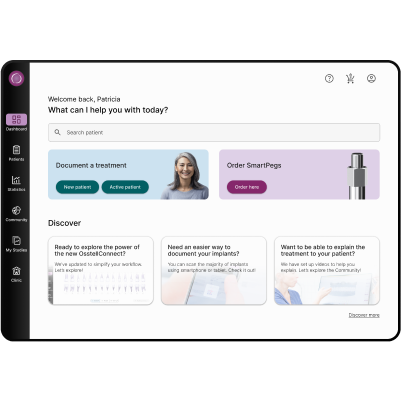
OsstellConnect
OsstellConnect is a free cloud-based solution offering a new way for clinicians to use data to enhance their dental implant treatments.
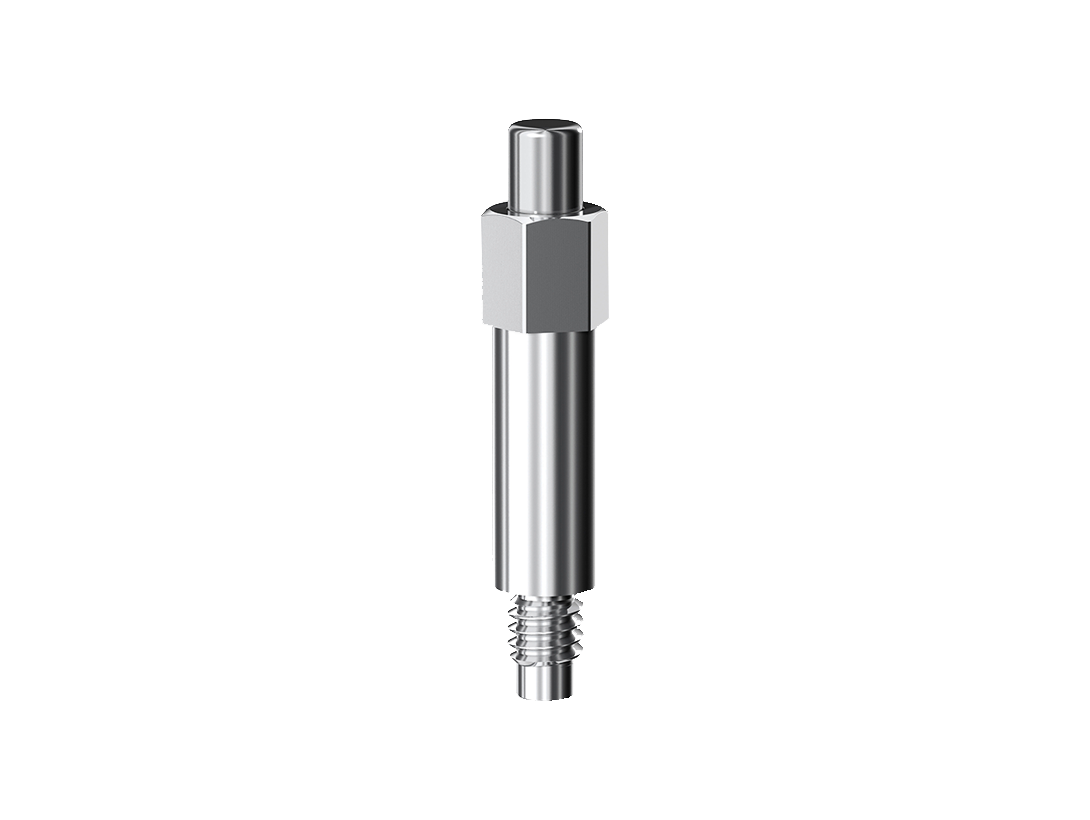
SmartPeg
The SmartPeg™ attaches to the implant and is used together with the measurement instruments Osstell Beacon, Osstell IDx or Osstell ISQ.
Want to know more?
We are happy to discuss your needs and answer any questions you may have. Get in touch with us and the team will reach out shortly.
Contact usAbutment level
Measuring implant stability on abutment level
Did you know that implant stability can be measured on abutment level? This requires a SmartPeg designed for this purpose, and the results are not directly comparable to those measured on implant level. It’s recommended to measure stability both before and after the abutment is installed, providing a baseline for comparison at the next follow-up appointment.
Learn more
Find your distributor
Our distribution partners
We work closely with distributors in countries all over the world. Here you’ll find a map with all our distributors. Click and zoom in and out on the map to find the closest one. You can also find them by using the search field. Please note that all purchases must be made through our distributors.
Would you like to become a distributor of Osstell?
Please send an e-mail to info@osstell.com
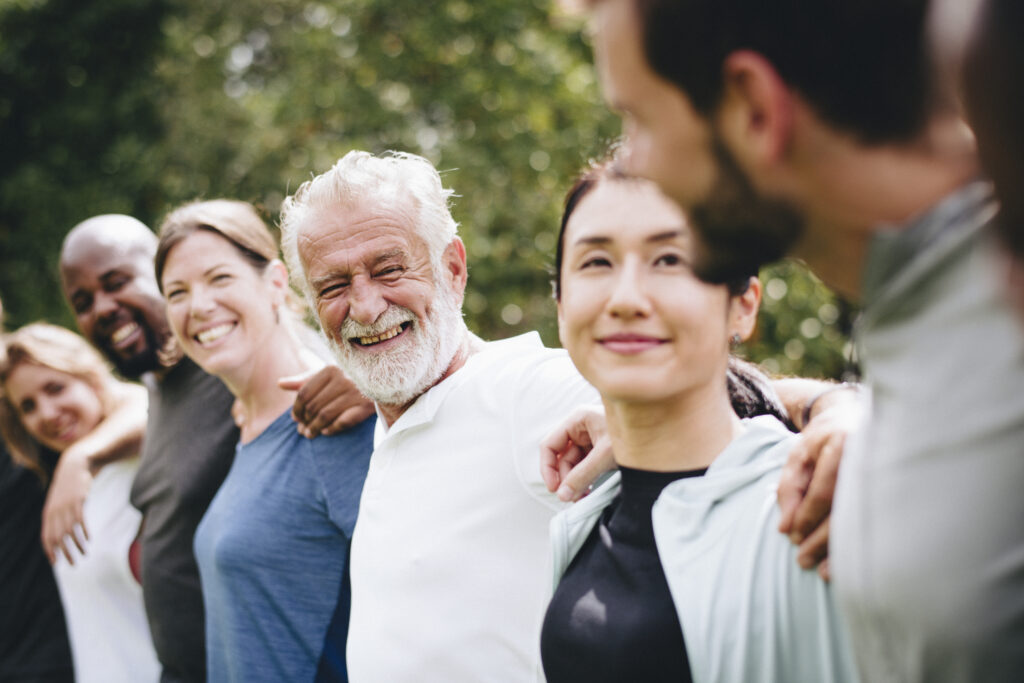
we’re here to help
Do you have questions?
Please contact us at support@osstell.com if you have any questions regarding our products, registration, distributors etc.
Looking forward to hearing from you.
The Osstell Team
